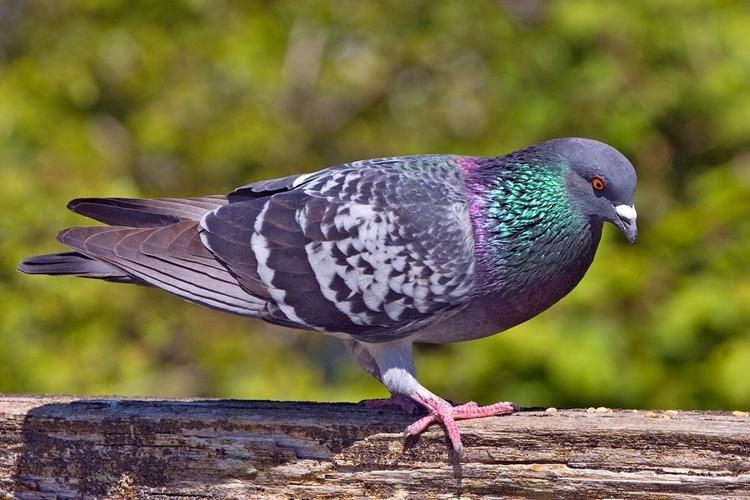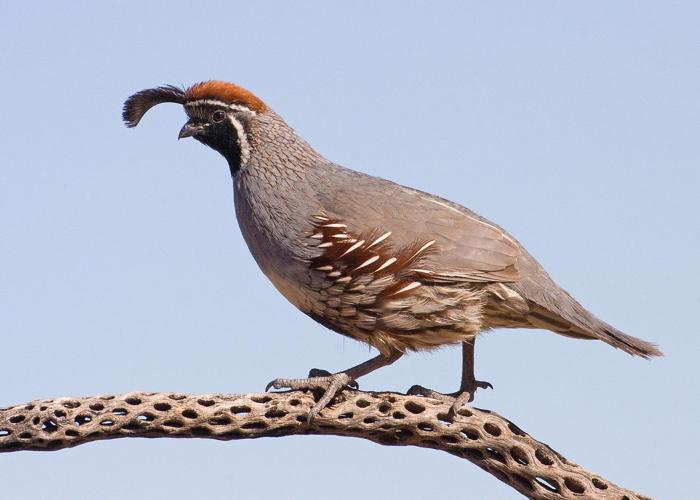Bird experts from the Tucson Audubon Society and volunteer bird spotters are fanning out across Tucson neighborhoods, parks and suburbs to survey winged wildlife in the 16th annual Tucson Bird Count.
The count, which began April 15, continues through May 15 at more than 800 locations around Tucson.
“The goal of this count is to study which parts of Tucson are used by native birds in order to determine what features make urban habitat useful to native birds,” said Jennie MacFarland, bird conservation biologist with the Tucson Audubon Society. “When this information is gathered and compiled, it can be used to make more of Tucson into productive urban habitat for native birds.”
Sara Pike, marketing director for the Audubon Society, said about 60 volunteers are taking part in this year’s count. The volunteers are experienced bird-watchers who receive training in gathering and reporting data — making the count “a true citizen science effort,” according to the society.
The count is set up in a systematic way that uses closely spaced sites, one site per 1 kilometer square. Each volunteer chooses a day between the dates specified to travel to all of the point count locations within the site area, spending five to 10 minutes counting birds at these locations and marking the quantity of each species heard and seen.
The data is entered into a database collection that can provide maps of the Tucson area and plot counts of each type of bird in order to see the spread of a particular bird species across the area.
In 2015, the Tucson Bird Count recorded 359,265 individual birds belonging to 188 distinct species. About 170 of those species are known to nest in the Tucson area, according to Tucson Audubon.
Volunteers are still needed for a few of the count areas this year, and experienced birders are invited to contact MacFarland for information and training. She can be reached at jmacfarland@tucsonaudubon.org or 209-1804.





